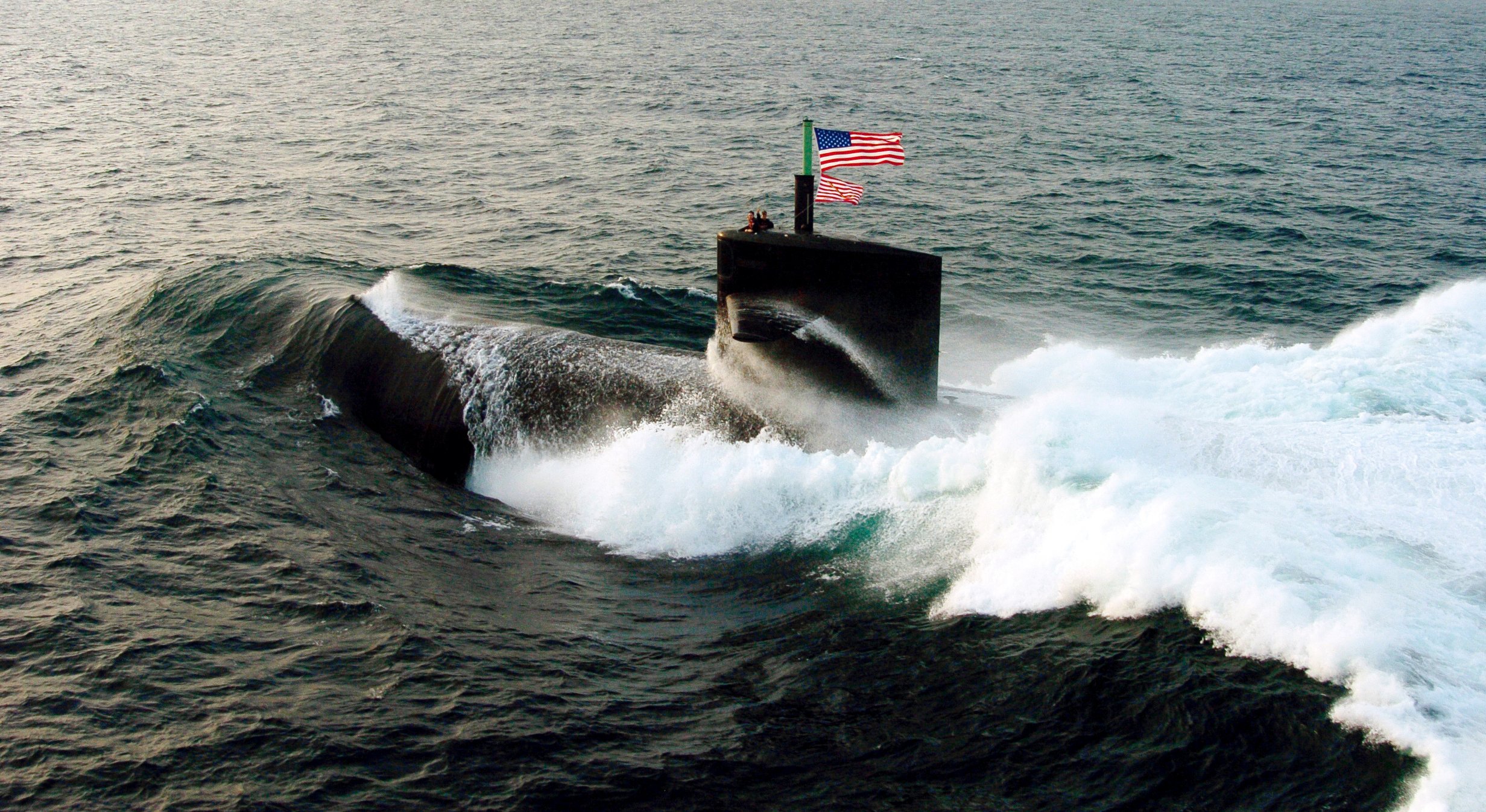Table of contents
Recommended for you

The art of bringing your people on the journey
Over a 17 year period, US Naval Captain David Marquet was a rising star moving up the elite ranks of the submarine service, being groomed to command the state of the art nuclear attack sub USS Olympia.
In preparation he learnt every detail of how Olympia operated, taking command would be the culmination of his glittering career. But two weeks before he was due to board the Olympia, Marquet was diverted to command the USS Santa Fe, an older nuclear sub that he knew absolutely nothing about and that was rated one of the worst performers in the US fleet.
In learning how to command Santa Fe Marquet’s leadership philosophy of empowerment through involvement was born. His first lesson was rejecting traditional ‘command and control’ leadership style.
Marquet was forced to admit he didn’t know enough about Santa Fe to operate like a typical dictatorial military leader, so he handed over control to his crew, who did. In the process Santa Fe went from being the worst-rated ship in the US Navy to the number one. Marquet tells the story of this transformation in his book “Turn The Ship Around!” His most powerful lesson, and one that’s true for all organisations today, is that the most effective leadership is giving control to those who don’t ordinarily have it, empowering them to become their own leaders. Instead of issuing orders, asking questions and making sure the crew are meaningfully involved in decisions that effect them.
Why “Yes Captain” is yesterday's response
The problem with the classic “command and control” approach to leadership is that it’s based on what MIT Professor Deborah Ancona calls “myth of the complete leader” - the hopeful idea that there’s one person in charge who knows everything. Rather, Dr Ancona observes that today’s greatest leaders follow the “method of the incomplete leader”. Just like Captain David Marquet, they learn to embrace their weaknesses and surround themselves with people and teams that together allow a complete range of skills to be delivered.
“Only when leaders come to see themselves as incomplete - as having both strengths and weaknesses - will they be able to make up for their missing skills by relying on others,” says Dr Ancona.
As he controls of the USS Santa Fe, it became glaringly clear to Marquet that his crew were going to obey his orders, even if they knew they were patently wrong for the ship’s current situation. On a nuclear submarine the potential result of that approach could be fatal. As Marquet put it to his crew: “Man, we are in a bad way. I was trained for a different ship, and you guys were trained to do what you’re told. What are we gonna do?”.
As soon as Marquet realised handing power over to his crew was the only way to bring the ship home, he decided to stop giving orders. He empowered his crew to believe in their knowledge of the ship, and sail it accordingly. By involving even the lowest of ranks, in what was essentially a life or death mission, meant the crew took on a new sense of authority, cooperation and investment. By admitting his lack of knowledge, Marquet passed responsibility over to those who knew the ins and outs of the Sante Fe better than anyone.
A leader giving up their iron fist doesn’t have to mean chaos - in fact it can be quite the opposite. For leaders, the more they empower their people to trust their own decisions, the more productive and involved their teams will be. And it doesn’t have to concern something as extreme as sinking or swimming. Marquet found that his crew became more responsible, dedicated and engaged when they knew it was on their shoulders to make the many decisions required to operate the Santa Fe.
Directing HR toward involvement
David Marquet’s turnaround story on the USS Santa Fe is a metaphor for the challenge facing HR professionals everywhere today. How can HR professionals build cultures that guide the leaders of their organisations away from command and control towards an involvement-based leadership style?
In some cases it might require subtle tweaks. In other cases, as with the Santa Fe, it might require a radical renovation of organisational culture to implant a management system where everyone is genuinely involved.
In this new era HR needs new tools. In the past HR professionals looked to engagement surveys to measure the health of culture and cultural change. The flaw in measuring employee ‘engagement’, is the assumption that engagement flows through to productivity. The latest research shows quite the opposite. We now know that involvement breeds engagement. When you involve people directly in improving productivity, then you get an engaged workforce, but an engaged workforce isn’t more productive per se. The greatest motivator of people at work is greater involvement in their job and their organisation.
Engagement surveys aren’t cutting it for HR departments anymore. What’s needed are more complete systems that begin with targeted questioning of everyone in an organisation to deliver usable business intelligence, and then encourage the creation of action plans based on information gathered from everyone in the organisation. It’s then that a sustainable culture of involvement and empowerment can begin to take hold.
HR’s new mission-critical role
The most important role for the next generation of HR practitioners will be guiding leaders through this transition to a more empowered workplace where all employees feel like they are genuinely involved in decisions that impact their day to day job. It’s an exciting challenge because it elevates the role of HR to having a mission critical impact on business performance. As we move into this new age, we’re seeing that when organisations increase involvement, productivity increases along with staff retention and innovation.
We might not be running nuclear attack submarines, but we can all learn from Captain David Marquet and the USS Santa Fe. The best way to run a ship or an organisation is to make sure your team feels involved, invested and empowered to trust their own decisions.
*Article was originally published: HRINZ magazine, Autumn issue 2019.










